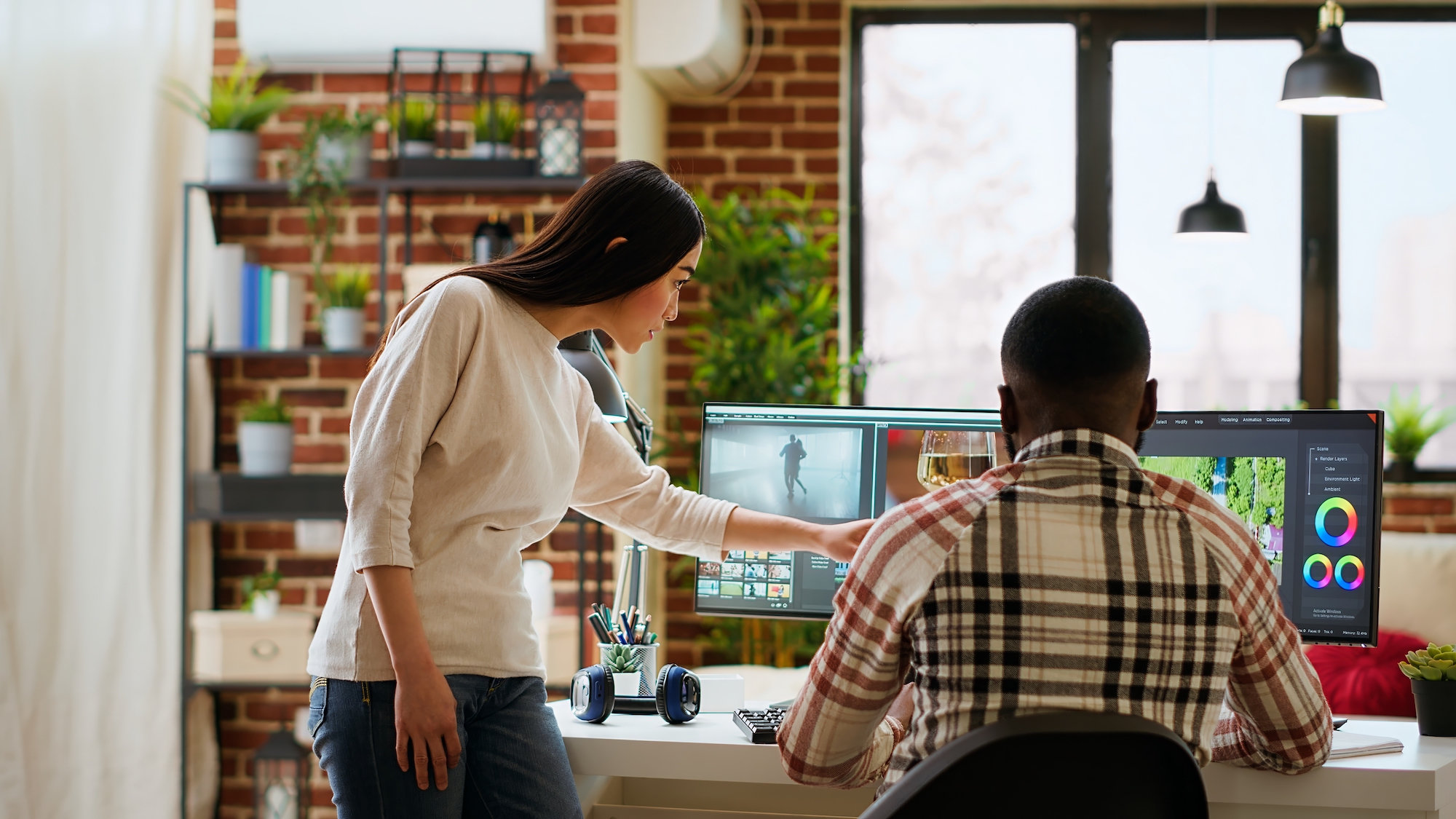
Why Design is an Iterative Process
May 09, 2025
Design has several moving parts, especially for marketing campaigns, logos, and brand redesigns. Since there is so much in motion, naturally, several rounds of reviews and revisions happen before a design reaches its conclusion.
And we consider it an “unskippable” part of the creative process.
Let’s explore how it works and ways to relieve the stress of reviewing creative and providing feedback.
Design serves a purpose for your business
Your company’s marketing and branding do a lot of heavy lifting to communicate with your ideal buyers. The design of both can mean the difference between turning people towards—or away from—your business.
Before we design anything, our team works with you to understand:
- The business goals you want to reach and;
- What the design we’re creating should do as part of your strategy
We’ve detailed what it’s like to partner with our agency so you can see what happens from start to finish. Our process enables our agency to work with you to produce designs backed by a strategic rationale and creative expertise.
Molding, refining, and building on the creative
From trade show booths to email campaigns and everything else needed for your marketing initiatives, each round of creative we submit gets your business closer to the results you’re aiming for.
As a reviewer, you play a huge role in this process since your feedback helps shape the final product. Before the project even begins, we sit down with you to create a schedule, defining each milestone, including discovery, design, reviews, revisions, and file handoff.
This planning serves as a tool to keep things on track and give your team and ours a clear path to follow.
When it’s time for you to take a look at the creative and provide feedback, we have a few suggestions to make it easier for you and other decision-makers in the company.
Consolidate feedback
When you have multiple reviewers on a project, each person has their own opinions, priorities, and motivations. Sometimes, this leads to amazing insights and ideas.
However, collecting and translating this data can become a beast without a system to organize it.
If you have numerous team members who will evaluate the creative, we recommend managing their comments in one master document. In our experience with clients, spreadsheets usually work well for this purpose.
It’s also helpful to have one point of contact who can go through this file and sift through the constructive versus counterproductive responses. This streamlines how feedback is delivered to the creative team and makes the revision process more efficient.
Keep comments clear and concise
Speaking of comments, it’s crucial to keep emotion out of them. The most valuable feedback has a rationale behind it.
For instance, “I like” and “I don’t like” tend to be more passionate statements, often based on personal taste.
We suggest providing comments highlighting what is or isn’t working and the reason why. This is more effective and straightforward for the creative team to follow while taking the emotion out of it.
If you need help, we’ve written more about what it looks like to give helpful feedback to designers.
Remember the end goal
It’s easy to get distracted by the latest trends and what your competition is doing. But these distractions ultimately take away from the objectives you’re trying to achieve.
Each time you review a piece of creative during a design review, we encourage you to remember its ultimate goal. Doing so helps take the emotion out of reviewing each design iteration. It can also prevent you from providing feedback that deviates from the project’s original goals.
The design agency’s role during the editing process
Whether working directly with you or your internal team, we want to create structure throughout the engagement. We do the work upfront to understand your project and business so the first round of design you review is heading in the right direction.
This means we:
- Take all of your feedback and examine it internally, following up if we need any clarification
- Review changes for quality control before you see it
- Ensure that edits strategically align with the original design scope
As we continue to iterate, each round takes us one step, if not a leap, closer to the end product.
Design is a collaborative process
We believe that taking a thoughtful approach to every project makes the creative, review, and feedback process easier. While the entire process is important, the review and feedback portion of it can make or break the project.
We encourage you to have a system in place to consolidate your—and your team’s—feedback. Once it’s all in one doc, it’s easier to see which comments help move the project forward or are better left on the cutting room floor.
It’s part of the collaborative relationship we have with every client, and what leads to an end result everyone can be proud of.



